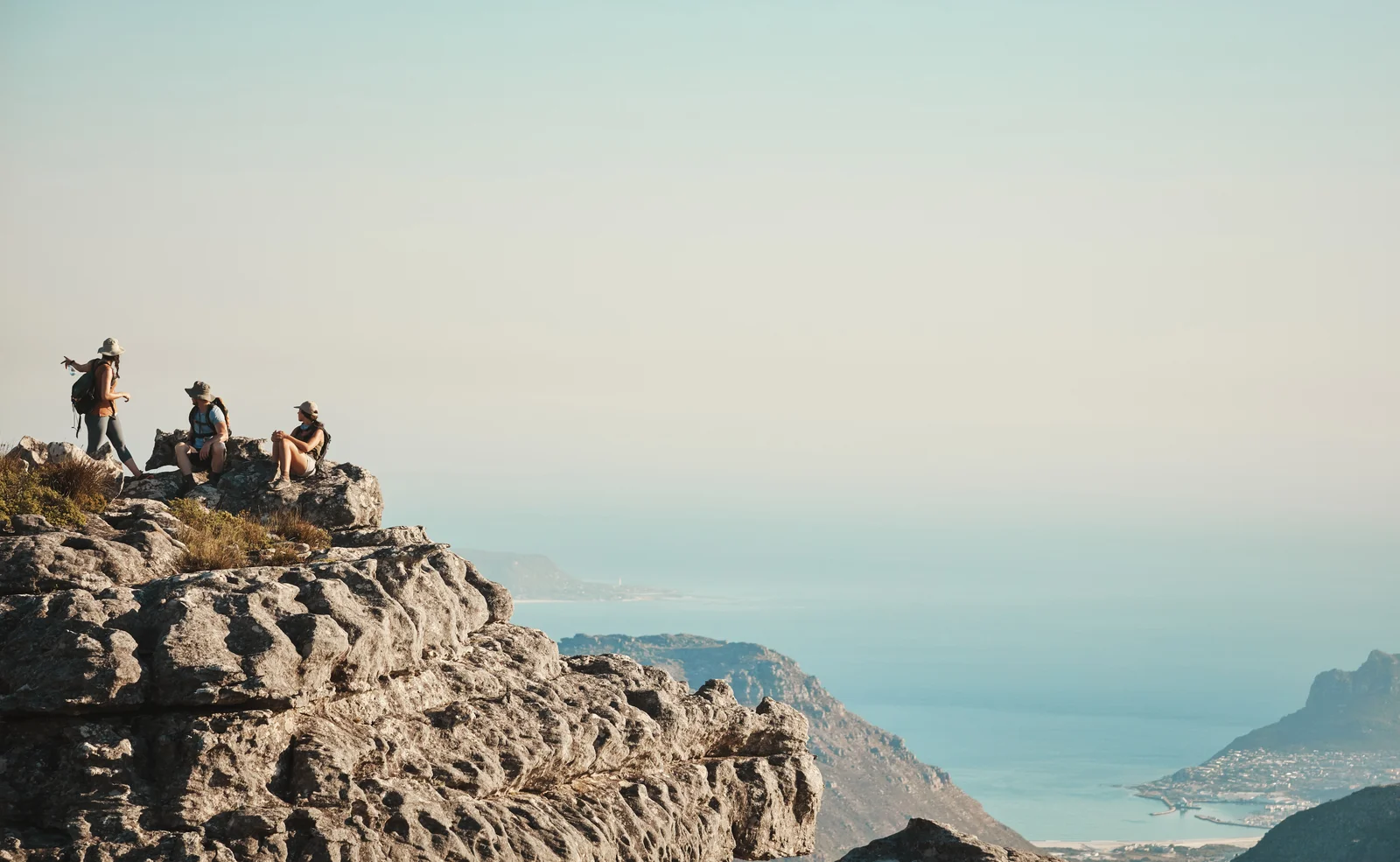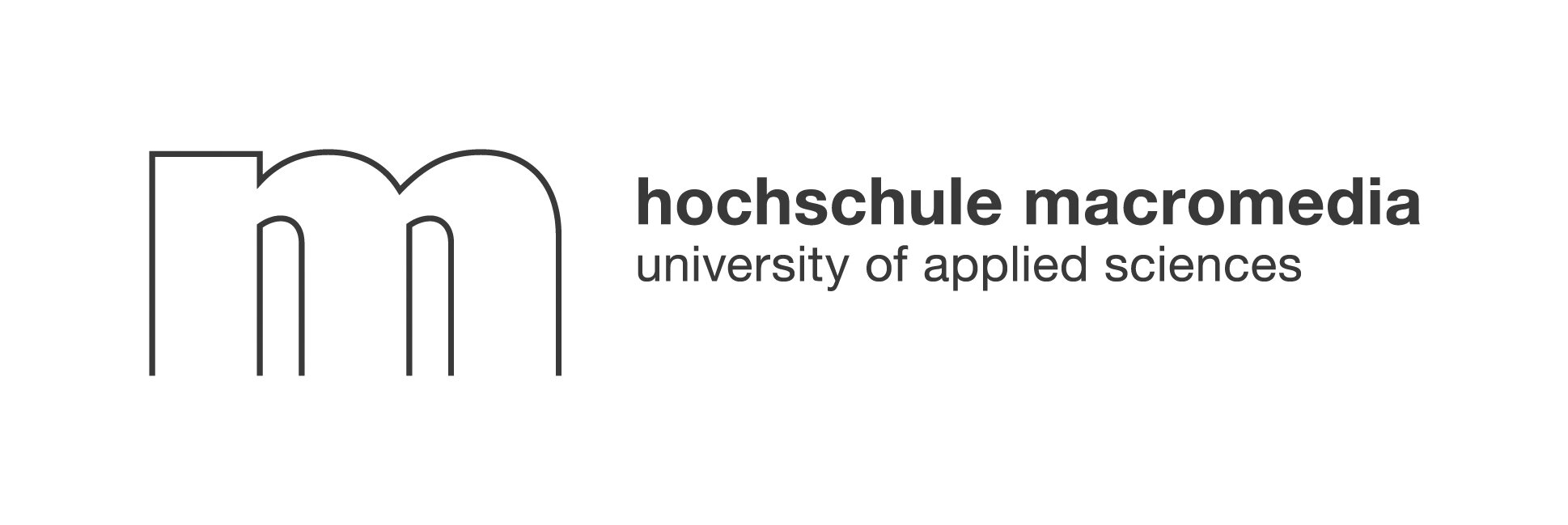Emotional engagement in the workplace is no longer a soft, “nice-to-have” aspect of company culture—it's a core driver of business results, especially in a world where hybrid work and digital tools reshape how people connect. Yet, many leaders still wonder: why do traditional engagement programs fall short, and how can organizations foster authentic, lasting emotional bonds among employees? Let’s unravel the science, challenges, and future of emotional engagement, and see how modern solutions like Neroia’s AI-driven micro-events are transforming workplace culture for good.
1. Understanding Emotional Engagement vs. Traditional Employee Engagement
Defining Cognitive, Behavioral, and Emotional Engagement
Employee engagement is often described in three layers: cognitive (how employees think about their work), behavioral (how they act), and emotional (how they feel). While cognitive and behavioral engagement focus on understanding tasks and putting in effort, emotional engagement in the workplace is about the deep feelings of connection, purpose, and belonging employees experience.
Emotional engagement means employees care about their work, their colleagues, and the organization’s mission. They don't just show up—they show up with enthusiasm and genuine investment.
How Emotions Influence Motivation and Performance
Emotions are powerful motivators. When employees feel valued and connected, they’re more likely to go above and beyond, collaborate openly, and stay resilient during change. Research from Gallup shows that emotionally engaged employees are more productive, creative, and loyal. Their motivation comes from within, fueling performance that outpaces what incentives or rules alone can achieve.
“Engaged employees produce better business outcomes than other employees—across industry, company size, and nationality, and in good economic times and bad.”
— Gallup
2. Why Emotional Engagement in the Workplace Drives Business Outcomes

Productivity, Profitability, and Retention Impacts
Emotional engagement in the workplace isn’t just about happy feelings—it directly impacts the bottom line. According to Gallup, highly engaged teams see up to 23% higher profitability, 18% more productivity, and 78% less absenteeism compared to disengaged teams. Employees who feel emotionally connected to their work are less likely to “quiet quit” or seek opportunities elsewhere, making retention rates soar and recruitment costs drop.
The Ripple Effect on Customer Experience and Brand Perception
Emotionally engaged employees deliver better customer service and foster stronger client relationships. Their enthusiasm and commitment ripple outward, shaping how customers perceive the brand. When staff are genuinely invested, customers notice—leading to higher loyalty, positive reviews, and a reputation for excellence.
“Emotionally engaged employees are more likely to think creatively and contribute innovative ideas... This openness to new possibilities can lead to breakthroughs and improvements in processes, products, and services.”
— CoffeePals Blog
3. The Psychological Drivers Behind Deep Workplace Connection
Purpose and Meaning at Work
People want to know their work matters. Emotional engagement in the workplace thrives when employees see a clear connection between their daily tasks and the organization’s mission. A sense of purpose transforms routine jobs into meaningful contributions.
Autonomy, Mastery, and Growth Opportunities
Giving employees the freedom to shape their work, develop new skills, and pursue mastery fuels emotional investment. When people feel their strengths are recognized and their growth is supported, they become deeply engaged.
Belonging, Recognition, and Well-Being
A culture of belonging—where everyone feels included and valued—drives emotional engagement. Regular recognition, whether through formal programs or simple thank-yous, boosts morale. Well-being programs that address mental, emotional, and physical health show employees they’re cared for as whole people, not just workers.
4. Warning Signs Your Team Lacks Emotional Engagement
Quiet Quitting, Absenteeism, and Presenteeism
Disengaged employees often “quiet quit,” doing the bare minimum without energy or passion. High absenteeism and presenteeism (showing up but not truly participating) are red flags. These patterns signal a lack of emotional connection and can drag down team morale.
Declining Collaboration and Innovation Metrics
When emotional engagement in the workplace is low, collaboration suffers. Teams stop sharing ideas, innovation stalls, and creativity fades. If brainstorming sessions grow silent and cross-team projects lose momentum, it’s time to address the emotional climate.
Table: Key Warning Signs of Low Emotional Engagement
5. How to Cultivate an Emotionally Engaging Culture
Leadership Behaviors That Foster Trust and Empathy
Leaders set the tone for emotional engagement in the workplace. Trust and empathy are built when leaders listen, show vulnerability, and model inclusive behaviors. Empathetic leaders ask about employee well-being, recognize unique strengths, and create psychological safety—where everyone feels safe to speak up.
Two-Way Communication and Inclusive Rituals
Open, two-way communication is essential. Regular feedback sessions, town halls, and peer-to-peer recognition rituals help employees feel heard and valued. Inclusive rituals—like celebrating small wins or hosting informal meetups—create shared experiences and deepen connections.
Embedding Well-Being and Flexible Work Policies
Flexible schedules, support for mental health, and wellness programs show employees their lives outside work matter. Embedding these policies into daily routines makes emotional engagement in the workplace a lived reality, not just a policy on paper.
“To feel engaged and that their work has meaning, employees need to regularly receive business updates and understand how their role contributes to the organization’s success.”
— WebMD Health Services
Bullet List: Practical Steps to Boost Emotional Engagement
- Recognize individual and team contributions weekly
- Encourage leaders to share personal stories and challenges
- Offer flexible work arrangements and wellness resources
- Facilitate peer-to-peer appreciation programs
- Host regular open forums for feedback and ideas
6. Measuring Emotional Engagement: Metrics, Tools, and Benchmarks
Surveys, eNPS, and Pulse Checks
Regular surveys and Employee Net Promoter Scores (eNPS) help gauge emotional engagement in the workplace. Pulse checks—short, frequent surveys—offer real-time insights into employee sentiment, capturing shifts before they become problems.
Real-Time Analytics and Social Network Analysis
Modern platforms now offer analytics that track collaboration patterns, feedback loops, and even social connections. Social network analysis can reveal hidden influencers and identify where silos or disengagement may be forming.
Turning Data into Action Plans
Collecting data is just the start. The real value comes from turning insights into action—adapting policies, recognizing successes, and addressing pain points. When employees see their feedback leads to change, trust and engagement grow.
“Measuring engagement effectively starts with asking the right questions... The best employee engagement measurement drives follow-up action, not just data collection.”
— Gallup
Ordered List: How to Measure and Respond to Emotional Engagement
- Conduct regular pulse surveys and eNPS assessments
- Analyze results for patterns and hotspots of disengagement
- Share findings transparently with the team
- Develop targeted action plans with employee input
- Review progress and adjust strategies quarterly
7. Future Trends: Hybrid Work, AI, and the Next Wave of Emotional Engagement
Creating Connection in Distributed Teams
Hybrid and remote work have made emotional engagement in the workplace both more challenging and more vital. Physical distance can breed isolation, making it harder to build authentic relationships. Traditional, company-organized events often feel impersonal or forced—especially when employees join from different locations or time zones.
AI-Powered Coaching and Personalized Recognition
Artificial intelligence is revolutionizing how organizations foster emotional engagement. AI can analyze employee interests, schedules, and feedback to recommend tailored activities, coaching opportunities, and recognition moments. This personalization breaks through the “one-size-fits-all” barrier of old engagement programs.
Preparing for Gen Z Expectations
Younger generations expect workplaces to offer purpose, flexibility, and authentic connection. Gen Z, in particular, seeks out organizations that prioritize well-being, diversity, and personal growth. Emotional engagement in the workplace is non-negotiable for attracting and retaining top talent in 2025 and beyond.
Neroia: Revolutionizing Emotional Engagement in the Workplace
Traditional engagement strategies—think generic team-building days or broad wellness challenges—often miss the mark, especially in hybrid environments. They can feel impersonal, require heavy planning, and struggle to create lasting connections. Employees may attend, but real emotional engagement is rare.
Neroia is changing the game. By leveraging AI, Neroia’s platform curates micro-events—small group activities like yoga sessions, cycling groups, or cultural exchanges—tailored to employee interests and availability. Instead of top-down mandates, Neroia’s AI recommends the right mix of people, time, and activity, making organic connections effortless.
During the OHB pilot, for example, Neroia orchestrated company runs and mindfulness workshops, matching participants based on shared interests. The platform handled all the coordination, using anonymized data to protect privacy while providing HR with valuable analytics on engagement patterns. Employees could effortlessly discover new colleagues, build trust, and form genuine bonds—no matter where they worked.
Neroia stands out by integrating seamlessly with existing tools like Microsoft Teams, wellness apps, and pulse survey platforms. This ensures emotional engagement in the workplace becomes woven into daily routines, not an extra burden. The result? Stronger relationships, higher well-being, and a culture where employees feel truly seen.
“Neroia’s AI-driven platform enables employees to effortlessly discover authentic connections with coworkers, breaking down silos and transforming workplace culture—one micro-event at a time.”
Neroia’s approach is perfectly aligned with the latest trends: psychological safety, empathetic leadership, and purpose-driven engagement. By focusing on small, meaningful interactions, Neroia helps organizations build a foundation of trust and emotional investment that drives retention, productivity, and innovation.
Bullet List: How Neroia’s Platform Elevates Emotional Engagement
- Curates micro-events (3-4 participants) based on interests and schedules
- Integrates with Teams, wellness apps, and pulse surveys for seamless experience
- Uses anonymized analytics to provide actionable HR insights while protecting privacy
- Enables flexible, employee-centric participation in hybrid and remote settings
- Replaces impersonal, top-down programs with personalized, AI-powered interactions
Conclusion
Emotional engagement in the workplace is the secret ingredient behind high-performing, resilient, and innovative teams. As hybrid and remote work become the norm, traditional engagement tactics fall short—leaving employees isolated and disconnected.
Modern leaders must embrace new approaches that foster authentic, organic relationships. Neroia’s AI-driven micro-events are leading the way, making it easy for employees to form deep connections, feel valued, and thrive—no matter where they work. By prioritizing emotional engagement, organizations unlock higher well-being, retention, and productivity, setting the stage for a vibrant future of work.
Neroia’s commitment to revolutionizing workplace culture through personalized, AI-powered engagement is setting a new standard for what it means to truly connect at work.




